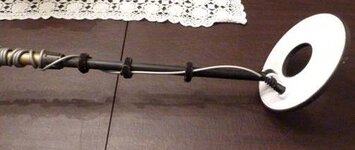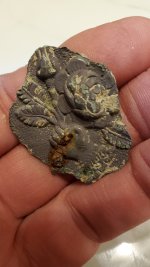hookahman
Full Member
- Aug 6, 2013
- 101
- 137
Hello fellow hunters, I recently purchased a sand shark and I have been having a great time on the beach. But I would love some tips or tricks to help out my hunting game. For example is there a way to get better discrimination or the fact that it's a pi means I will be digging up everything. Hope to hear from you all.
Upvote
0







